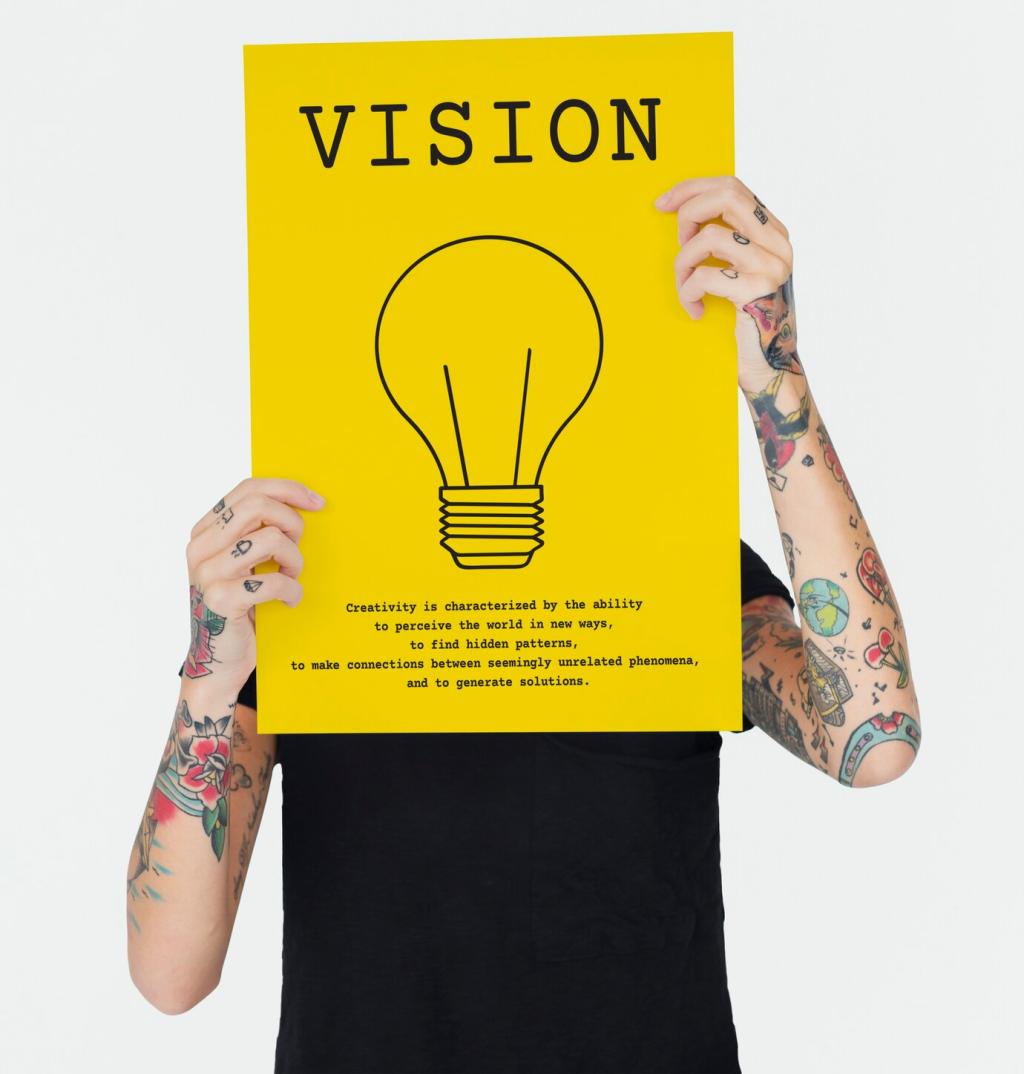Choosing and Testing Your Palette
Build a scale from muted to bright for each hue, then place UI components atop photography and copy. Post your scale and we’ll suggest safe zones where signal beats noise without sacrificing personality.
Choosing and Testing Your Palette
Run five-task tests with two palettes: bright-forward and muted-forward. Track completion, misclicks, and eye-tracking heat. Share your findings, and we’ll feature a breakdown on when brightness accelerates versus distracts.









